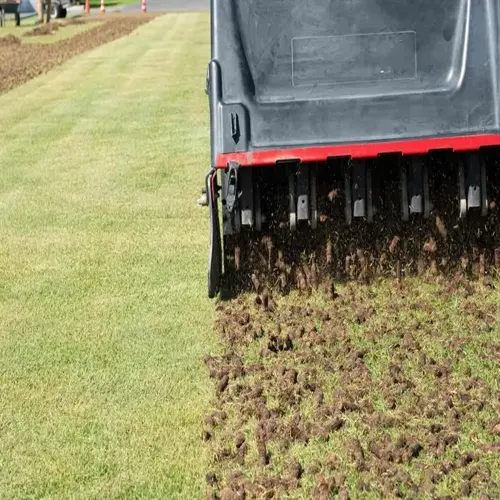Can excessive magnesium harm tomato plants?

Written by
Paul Reynolds
Reviewed by
Prof. Samuel Fitzgerald, Ph.D.Excessive magnesium can lead to serious problems for tomato plants. Toxicity is induced if the soil contains 400 ppm or more of magnesium, which leads to calcium block. This, in turn, leads to a condition known as blossom-end rot, which causes the fruit to deteriorate. I've seen whole harvests ruined by excessively liberal applications of Epsom salts from well-meaning folks.
Calcium Blockage
- Magnesium ions overload root transport channels
- Prevents calcium reaching developing fruits
- Causes blossom end rot with dark leathery patches
- Requires immediate gypsum application to restore balance
Growth Abnormalities
- Stunted plants with shortened internode spacing
- Leaves turn unnaturally dark green with curled margins
- Root development slows significantly in compacted soils
- Flower drop increases reducing fruit set by 30-50%
Fruit Quality Decline
- Disrupted potassium balance lowers Brix levels
- Tomatoes become less sweet with watery texture
- Shelf life shortens due to weakened cell structure
- Blotchy ripening patterns appear despite proper maturity
Test the soil as soon as possible, and watch for symptoms to appear. Noticing darkening leaves indicates later advanced stages of toxicity. Testing kits for accurate and precise ppm levels are most desirable. I retest every two weeks during reevaluation. Sandy soils leach far more easily than clay; thus, different measures would be necessary to correct them.
Use gypsum to restore calcium quickly. Use 5-10 pounds per 100 sq ft, based on severity. Apply water when applying to activate the sulfate ions. In high-magnesium soils, I apply gypsum before planting. This prevents problems before they start.
Prevent recurrences with balanced fertilization. Calcium-to-magnesium ratios should be maintained between 3: 1 and 6: 1. Do not use high-magnesium fertilizers in case soil tests show a magnesium content near 300 ppm. I use low-Mg formulas for routine feeding. Periodical tests every 60 days keep the levels safe.
Observe new growth for signs of recovery. When the leaves are healthy and green, you have successfully corrected the situation. You should begin to see the normal development of fruit in approximately 3 weeks. I keep track of progress with weekly photographs. This can ensure that the treatment was effective, which can inform future prevention efforts.
Read the full article: Magnesium Deficiency Tomatoes: Complete Grower Guide

